Welcome to the wonderful world of birds in the Champagne-Ardenne region of France! This region is home to a wide range of bird species, from small passerines to large raptors.
Whether you’re a bird-watcher or an ornithologist, you’ll find plenty of birds to observe in Champagne-Ardenne. The region is especially rich in wetland birds, including ducks, grebes, waders, and gulls.
There are also plenty of upland species to search for, including woodpeckers, owls, and finches. In this guide, we’ll explore the unique bird species of Champagne-Ardenne, as well as the best places to go bird-watching in this region.
So get ready to discover the feathered wonders of Champagne-Ardenne!
1. Grebes
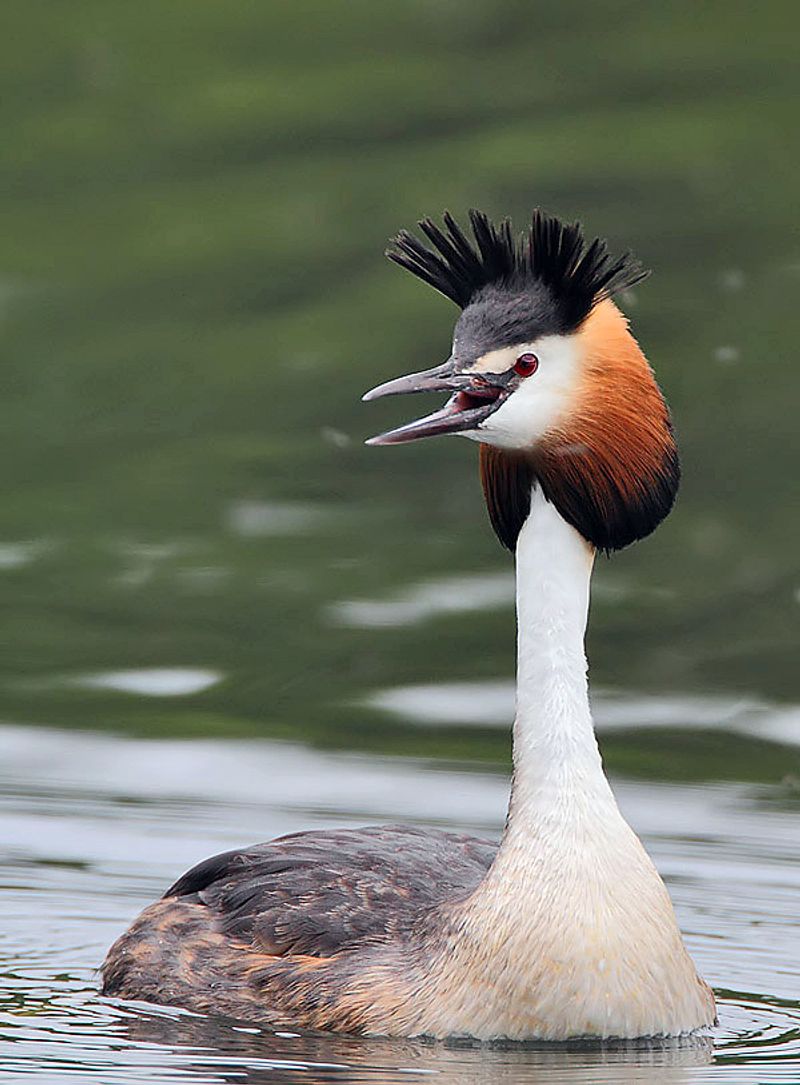
Grebes are a family of aquatic birds belonging to the order Podicipediformes. These birds typically inhabit freshwater habitats, though some species migrate to marine habitats during the winter months.
They are known for their ability to fly, although a few species have lost the capacity for flight, mostly due to living in stable bodies of water that provide less of a need for flight.
Grebes are widely distributed, with some species found across the globe in both fresh and saltwater. They are adept swimmers, often using their feet to propel themselves through the water and diving deep to forage for food.
Grebes generally feed on fish, crustaceans, and aquatic insects. They are also adept divers, often diving underwater for several minutes at a time in search of food or to escape from predators.
As well as their aquatic abilities, grebes also have strong wings and are able to fly long distances, making them adept migratory species.
| Kingdom | Animalia |
| Phylum | Chordata |
| Class | Aves |
| Clade | Mirandornithes |
| Order | Podicipediformes |
| Family | Podicipedidae |
2. Great-Crested Grebe
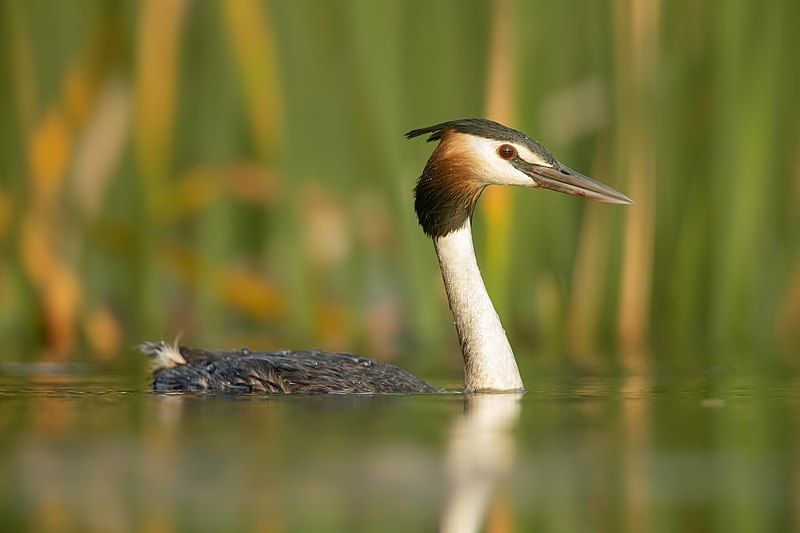
The great crested grebe (Podiceps cristatus) is one of the most widespread species of grebes, a family of water birds known for their elegant displays. This species is found throughout Europe, Asia, and North Africa, and is recognizable for its distinctive head and neck plumage.
The great crested grebe is most famous for its elaborate mating display, which is one of the most spectacular of any bird species. During the display, the male grebe will swim in circles, stretching his body and wings out of the water while puffing up his feathers.
He then dives underwater and reappears with a fish in his bill, which he offers to the female as part of the display. The female will then accept or reject the offering, depending on her opinion of the display and the quality of the fish.
If she accepts, the pair will engage in a courtship ritual that may result in the formation of a long-term bond.
| Kingdom | Animalia |
| Phylum | Chordata |
| Class | Aves |
| Order | Podicipediformes |
| Family | Podicipedidae |
| Genus | Podiceps |
| Species | P. cristatus |
3. Red-Breasted Merganser
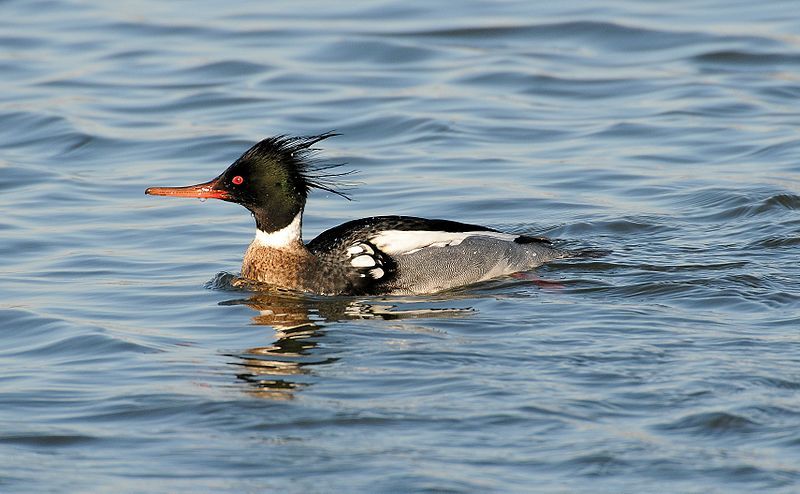
The red-breasted merganser is a species of duck that is native to many parts of the Northern Hemisphere. This species of duck is distinguishable by its distinctive red breast, which is only exhibited by males in their breeding plumage.
This red chest is what gives the red-breasted merganser its common name. The male red-breasted merganser will sport this red chest during the breeding season in order to attract potential mates. The female red-breasted merganser will have a grayish-brown chest instead.
This species of duck can be found in a variety of habitats such as lakes, rivers, coastal areas, and even wooded areas. They mainly feed on fish, but they will also consume other aquatic invertebrates and small mammals.
The red-breasted merganser is a unique species that can bring a lot of beauty to its natural habitat.
| Kingdom | Animalia |
| Phylum | Chordata |
| Class | Aves |
| Order | Anseriformes |
| Family | Anatidae |
| Genus | Mergus |
| Species | M. serrator |
4. Grey Partridge
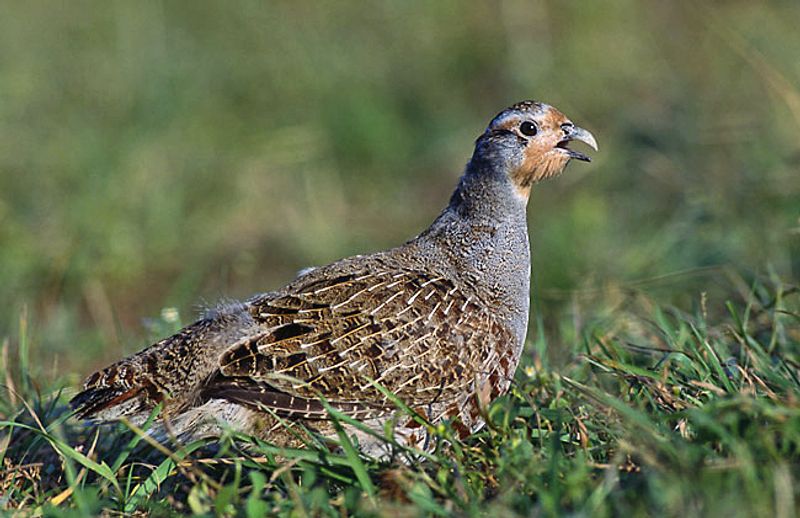
The Grey Partridge, also known as the Gray-legged Partridge, English Partridge, Hungarian Partridge, or Hun, is a species of gamebird belonging to the family Phasianidae in the order Galliformes.
This family, also known as gallinaceous birds, includes fowls such as chickens, pheasants, and turkeys. The scientific name for this bird is Perdix perdix, which is derived from the Latin word for “partridge” and is also derived from Ancient Greek.
This species of partridge is found in many parts of Europe, North Africa, the Middle East, and Central Asia, where it is a popular game bird, hunted for both sport and food. Grey partridges can be found in a variety of habitats, from grassy meadows to open agricultural land.
They are well known for their distinctive grey plumage and white-barred wings, as well as their loud, distinctive call.
The Grey Partridge is an important species in the European ecosystem, as it helps to maintain grassland habitats, controls pest populations, and provides food for a variety of predators.
| Kingdom | Animalia |
| Phylum | Chordata |
| Class | Aves |
| Order | Galliformes |
| Family | Phasianidae |
| Genus | Perdix |
| Species | P. perdix |
5. Barnacle Goose
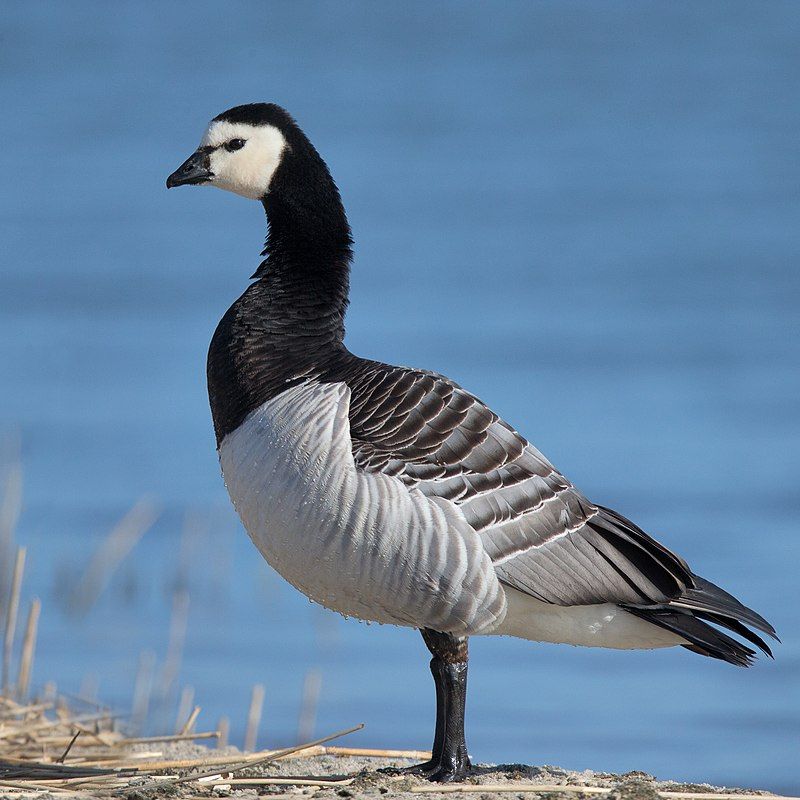
The barnacle goose is a species of goose that belongs to the genus Branta, a group of black geese. Species in this genus have predominantly black feathers, which sets them apart from the grey Anser species.
The barnacle goose is a migratory species, breeding mainly in the Arctic regions of Europe and Siberia, and travelling to the British Isles, Germany and Denmark in the winter.
The species is named after the barnacle, an edible shellfish, because of its resemblance to the goose’s bill. Barnacle geese are omnivorous and feed on a variety of plants, including grasses, sedges, and grains, as well as invertebrates and small vertebrates.
They have a fast life cycle and are capable of breeding quickly in response to environmental changes, such as increased food availability and improved weather conditions.
The species is considered endangered due to hunting and habitat alteration, but it is still relatively common in many parts of Europe.
| Kingdom | Animalia |
| Phylum | Chordata |
| Class | Aves |
| Order | Anseriformes |
| Family | Anatidae |
| Genus | Branta |
| Species | B. leucopsis |
6. Common Goldeneye
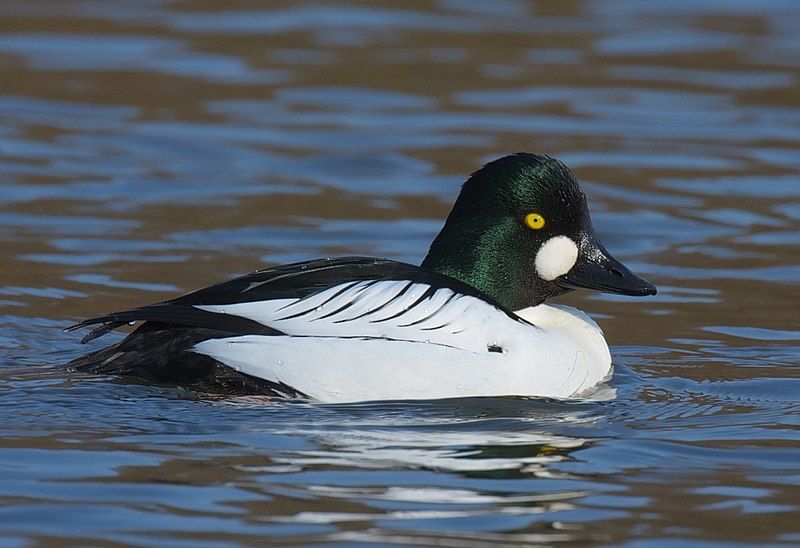
The common goldeneye is a species of sea duck that belongs to the genus Bucephala, also known as the goldeneyes. This species is closely related to the Barrow’s goldeneye, another species of sea duck.
The name of the genus, Bucephala, comes from the Ancient Greek word boukephalos, which describes the bufflehead’s large and round head shape. The common goldeneye is a medium-sized duck, typically measuring between 20 to 25 inches in length.
They are a colorful birds, featuring a black back and white underside with a distinctive golden eye patch. They are found in the coastal waters of North America, Europe, and Asia. These ducks feed mainly on aquatic invertebrates, such as crustaceans, mollusks, and insects.
They are a popular game bird, with hunting being the most common way of controlling their populations.
Although their numbers have decreased in some areas due to hunting, the common goldeneye is still abundant and classified as of least concern by the International Union for Conservation of Nature.
| Kingdom | Animalia |
| Phylum | Chordata |
| Class | Aves |
| Order | Anseriformes |
| Family | Anatidae |
| Genus | Bucephala |
| Species | B. clangula |
7. Common Shelduck
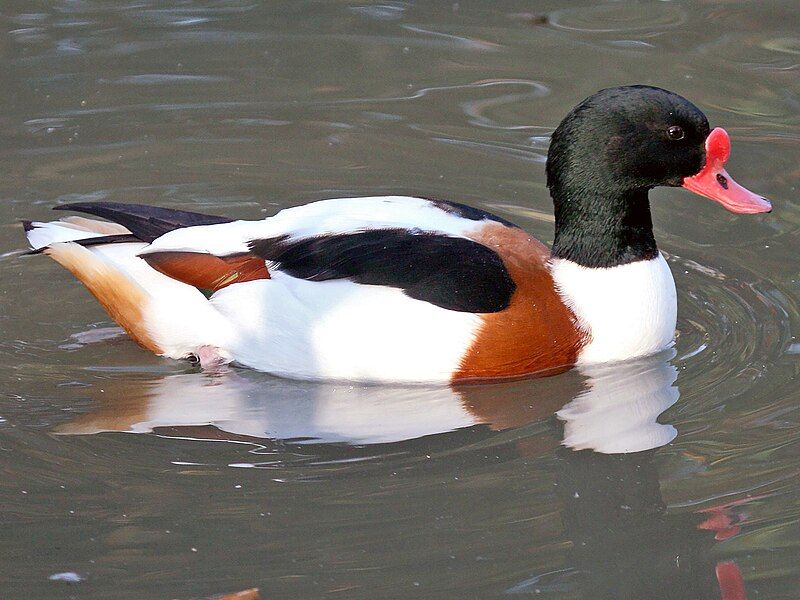
The common shelduck (Tadorna) is a waterfowl species that is found across much of the Euro-Siberian region of the Palearctic. It is a widespread and common species in this area.
During the breeding season, it is found in temperate habitats across the Palearctic, and during the winter, it migrates to subtropical regions.
In some cases, the common shelduck can also be found in the Maghreb region during the winter months. The common shelduck has a variety of habitats that it can inhabit, and it is often found in wetlands, estuaries, and lagoons.
It prefers habitats with shallow waters, as well as areas with plenty of vegetation.
This species is also known to gather in large flocks during the winter months. The common shelduck is an omnivorous species, and its diet consists mainly of aquatic plants, small invertebrates, and other small animals.
It is also known to forage in fields and pastures, taking advantage of any available food sources. The common shelduck is a fairly large waterfowl species, with males being slightly larger than females.
It has a chestnut-brown coloration, with a black head and neck, and white stripes running along the sides of its body. The male has a white tail, while the female has a grey tail.
The common shelduck is a vocal species, and it is often heard calling out during the breeding season. The common shelduck is a long-lived species, with individuals living up to 25 years in the wild.
It is also considered to be a socially monogamous species, with pairs staying together for several years and raising their young together.
| Kingdom | Animalia |
| Phylum | Chordata |
| Class | Aves |
| Order | Anseriformes |
| Family | Anatidae |
| Genus | Tadorna |
| Species | T. tadorna |
8. Egyptian Goose
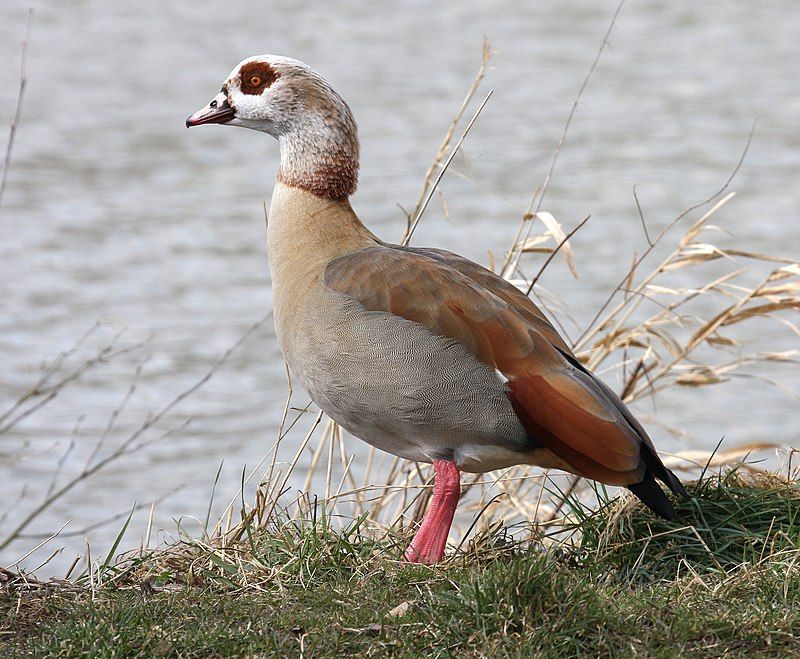
The Egyptian goose is a native of Africa and is a member of the duck family Anatidae. This species is popular amongst people for its beauty, thus it has been introduced to various places outside of its natural range.
Such places include Europe, United States, and many other countries. These birds are mainly kept as ornamental birds, meaning they are kept for aesthetic purposes. They are kept in gardens, parks, and other public places, due to their bright and attractive features.
Their plumage is mostly grey, white, and brown, with a bright yellow-orange beak and legs. Although they are not native to these areas, they have adapted well and can be found in many parts of Europe and the United States.
They are also kept in captivity, in zoos and aviaries, and are bred for both their beauty and their ability to lay eggs. The Egyptian goose is a species that is admired for its beauty, and its introduction to other parts of the world has ensured its continued popularity.
Its attractive plumage and bright yellow beak make it a popular species for ornaments and decorations.
| Kingdom | Animalia |
| Phylum | Chordata |
| Class | Aves |
| Order | Anseriformes |
| Family | Anatidae |
| Genus | Alopochen |
| Species | A. aegyptiaca |
9. Red-Legged Partridge
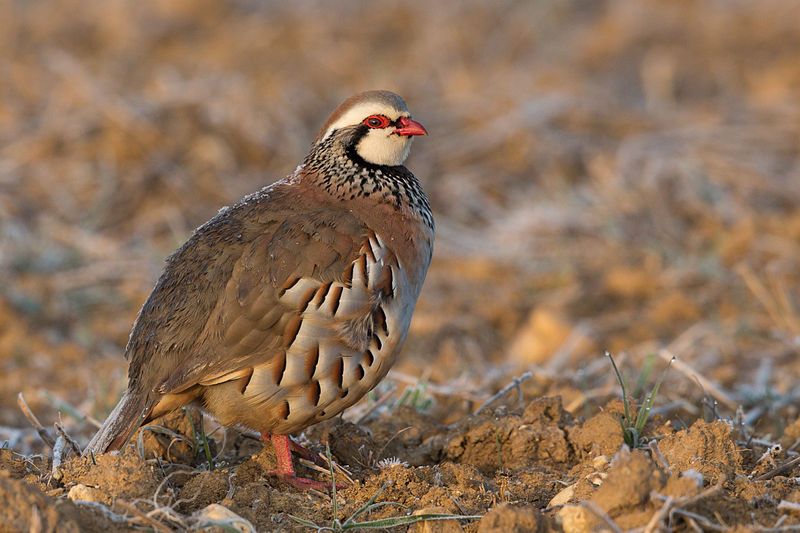
The red-legged partridge is a species of gamebird that belongs to the Phasianidae family, which is part of the order Galliformes. These are birds that are also referred to as gallinaceous birds.
This particular species of partridge is known as the French partridge, to distinguish it from the English or grey partridge. The French partridge has a reddish hue to its legs, which helps to differentiate it from other types of partridge.
This bird is often hunted by hunters for sport, as it has a reputation of being a tricky bird to catch. The red-legged partridge is a popular gamebird, as it is known to be a fast flier, making it a difficult target to catch.
It prefers to inhabit open fields and grasslands, and will often feed on insects, seeds, and berries. It is also known to form flocks with other birds, which can be seen foraging the ground in search of food.
| Kingdom | Animalia |
| Phylum | Chordata |
| Class | Aves |
| Order | Galliformes |
| Family | Phasianidae |
| Genus | Alectoris |
| Species | A. rufa |
10. Reeves’s Pheasant
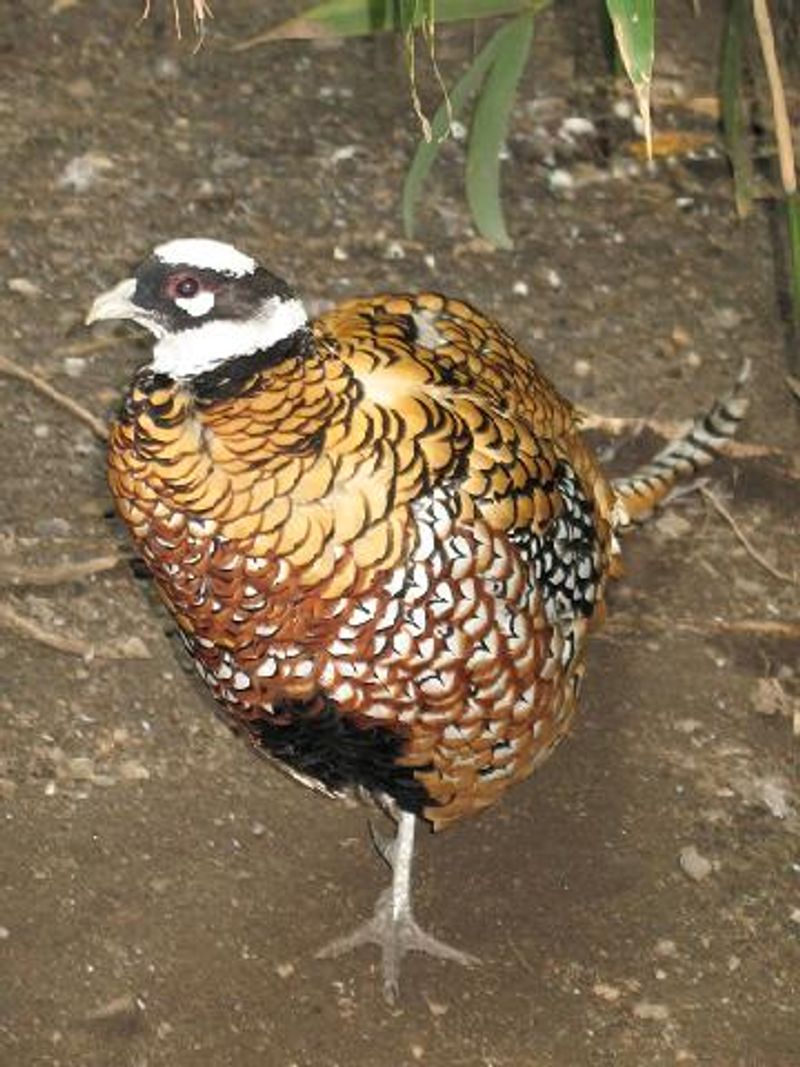
Reeves’s pheasant is a species of bird found only in China and is part of the genus Syrmaticus. It is a large pheasant, with distinctive coloring and features.
The bird was named after the British naturalist John Reeves, who first brought live specimens of the bird to Europe in 1831.
Since then, the Reeves’s pheasant has become a popular species of pheasant among birdwatchers and zoologists alike. In China, the Reeves’s pheasant is found in the eastern and southern regions of the country, mainly in the mountain ranges and forests.
It is a shy bird, often hiding in dense vegetation. Its plumage is usually a mixture of black, white, brown, and red, making it one of the most striking of the pheasant species.
The male bird has a long tail and a bright red wattle, while the female is more muted in color. The Reeves’s pheasant is an important species in the Chinese culture, and is considered a symbol of good fortune and prosperity.
It is a popular symbol in Chinese artwork, and its name appears in many Chinese poems and stories. Overall, Reeves’s pheasant is a unique and beautiful species of pheasant that has been appreciated by the world since it was first introduced to Europe by John Reeves in 1831.
It is an important species in the Chinese culture, and admired by many birdwatchers and zoologists worldwide.
| Kingdom | Animalia |
| Phylum | Chordata |
| Class | Aves |
| Order | Galliformes |
| Family | Phasianidae |
| Genus | Syrmaticus |
| Species | S. reevesii |
11. Smew
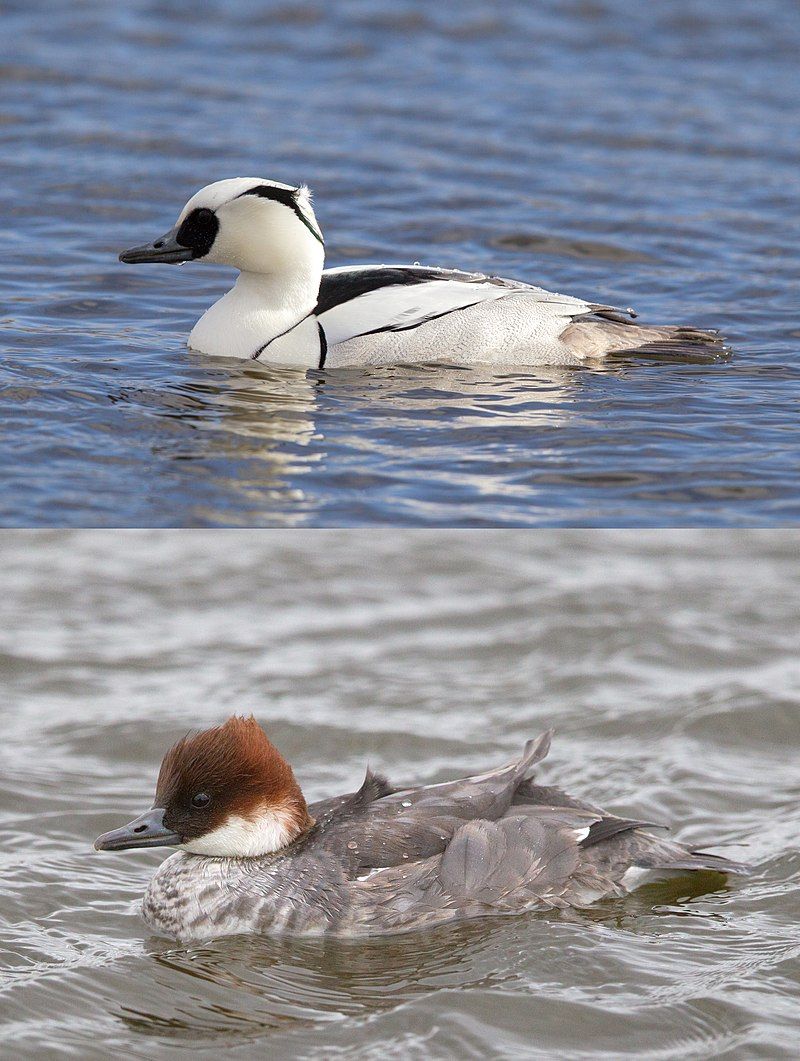
The smew is a species of duck that is the only living member of the genus Mergellus. Mergellus is derived from the Latin word Mergus, which means “sea-bird”, and albellus, which is Latin for “white”.
The genus Mergellus is closely related to Mergus, and is sometimes categorized within that genus. However, the species may actually be more closely related to the goldeneyes. The smew is a unique species of duck that is easily identifiable by its white feathers and small size.
It is an interesting species that is worth further study and observation.
| Kingdom | Animalia |
| Phylum | Chordata |
| Class | Aves |
| Order | Anseriformes |
| Family | Anatidae |
| Genus | Mergellus |
| Species | M. albellus |
12. Tundra Swan
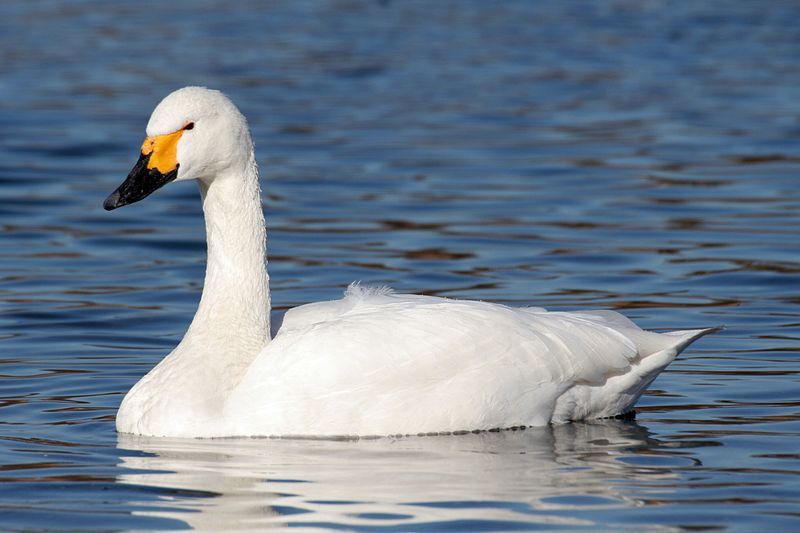
The tundra swan is a species of swan that is found in both the Palaearctic and Nearctic regions. It is a small swan, and is sometimes divided into two distinct taxa: Bewick’s swan, which is found in the Palaearctic, and the whistling swan, which is found in the Nearctic.
Generally, both taxa are considered to be the same species, but there are some who believe that they should be regarded as two distinct species.
The tundra swan is further divided into three subspecies, Bewick’s swan, the whistling swan, and the tundra swan, which is found in both the Palaearctic and the Nearctic, but it is not considered to be a distinct species.
The tundra swan is a migratory species, and its range can extend from northern Europe and Asia, to North America. The tundra swan is a beautiful bird, with a white body and black beak, and they are often seen in large flocks.
They have been known to live up to 25 years in the wild, and they are a valuable part of the Holarctic’s ecosystem.
| Kingdom | Animalia |
| Phylum | Chordata |
| Class | Aves |
| Order | Anseriformes |
| Family | Anatidae |
| Genus | Cygnus |
| Species | C. columbianus |
13. Whooper Swan
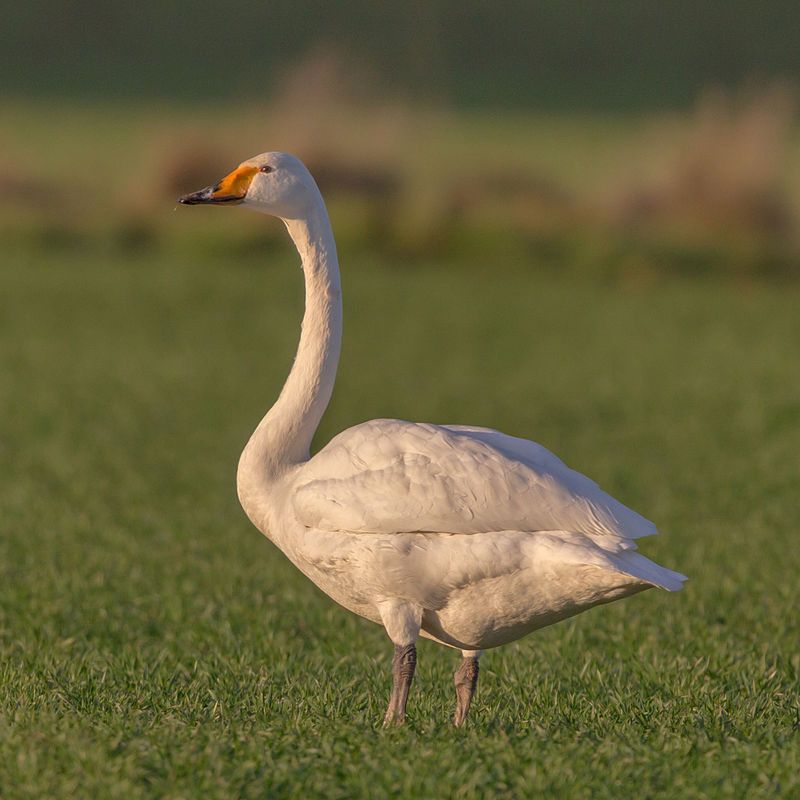
The Whooper Swan is a large bird native to the northern hemisphere. It is also known as the Common Swan and is the Eurasian counterpart of the North American Trumpeter Swan.
It is the type species of the genus Cygnus, which is a group of swans that includes both Whooper Swans and Trumpeter Swans. The Whooper Swan is the largest of the swans, with a wingspan of up to 2.3 meters. It has a bright yellow bill and a black face.
Its plumage is generally white, but its flanks and neck often have a yellowish tinge. The Whooper Swan can be found in a variety of habitats, from wetlands and lakes to open fields. It typically feeds on aquatic plants, small fish, and insects.
The Whooper Swan is a vocal bird that produces a variety of sounds, including a loud trumpeting call. It is an important species for conservation, as it is declining in many areas due to habitat loss and illegal hunting.
| Kingdom | Animalia |
| Phylum | Chordata |
| Class | Aves |
| Order | Anseriformes |
| Family | Anatidae |
| Genus | Cygnus |
| Species | C. cygnus |
14. Brent Goose
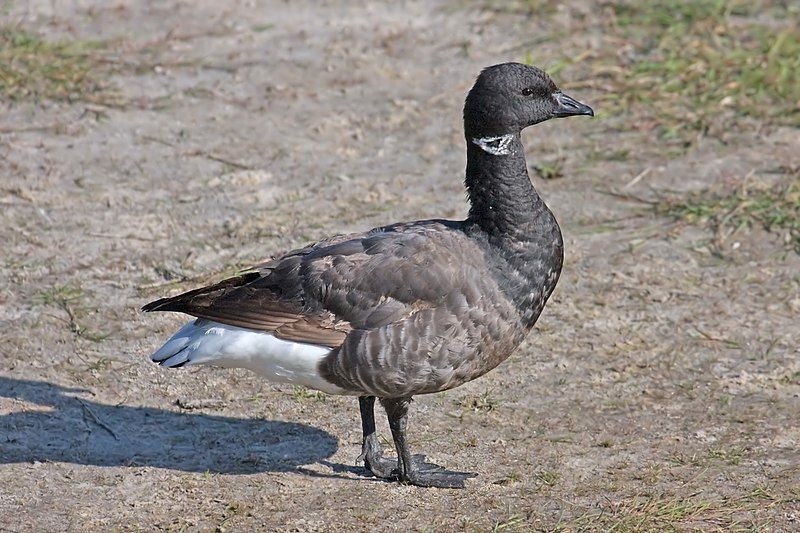
The Brant or Brent goose is a species of goose related to the Branta genus. It is a small-sized species with three subspecies, all of which are known to migrate to temperate-zone sea-coasts during the wintertime and breed in the high-Arctic tundra during the summer.
This species has been a source of inspiration for many, as it was the namesake for the Brent oilfield.
This is an oilfield located in the North Sea between Scotland and Norway, which was named after the brant or Brent goose, likely because of its migratory pattern between the two countries.
The brant or Brent goose is an iconic species that has been celebrated for its beauty and its remarkable migratory patterns.
| Kingdom | Animalia |
| Phylum | Chordata |
| Class | Aves |
| Order | Anseriformes |
| Family | Anatidae |
| Genus | Branta |
| Species | B. bernicla |
15. Common Pheasant
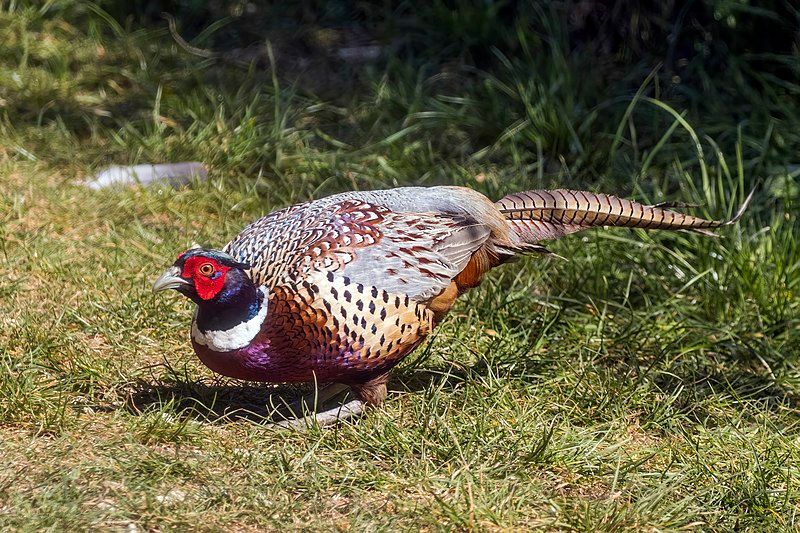
The common pheasant is a bird in the pheasant family, which is known for its colorful and ornamental feathers. The genus of the common pheasant is Latin phasianus, which translates to ‘pheasant’.
The species name of the bird is colchicus, which is derived from the Latin name for Colchis, a region on the Black Sea coast. This area is where the Europeans first became familiar with the common pheasant, thus giving it the species name.
The common pheasant has many distinct features, including a curved beak, long tail feathers and an iridescent sheen on its plumage. Its feathers are used for decorative purposes, making them a popular choice for fashion and clothing.
The common pheasant is also a popular game bird and is hunted for sport in many parts of the world.
| Kingdom | Animalia |
| Phylum | Chordata |
| Class | Aves |
| Order | Galliformes |
| Family | Phasianidae |
| Genus | Phasianus |
| Species | P. colchicus |
16. Rock Dove
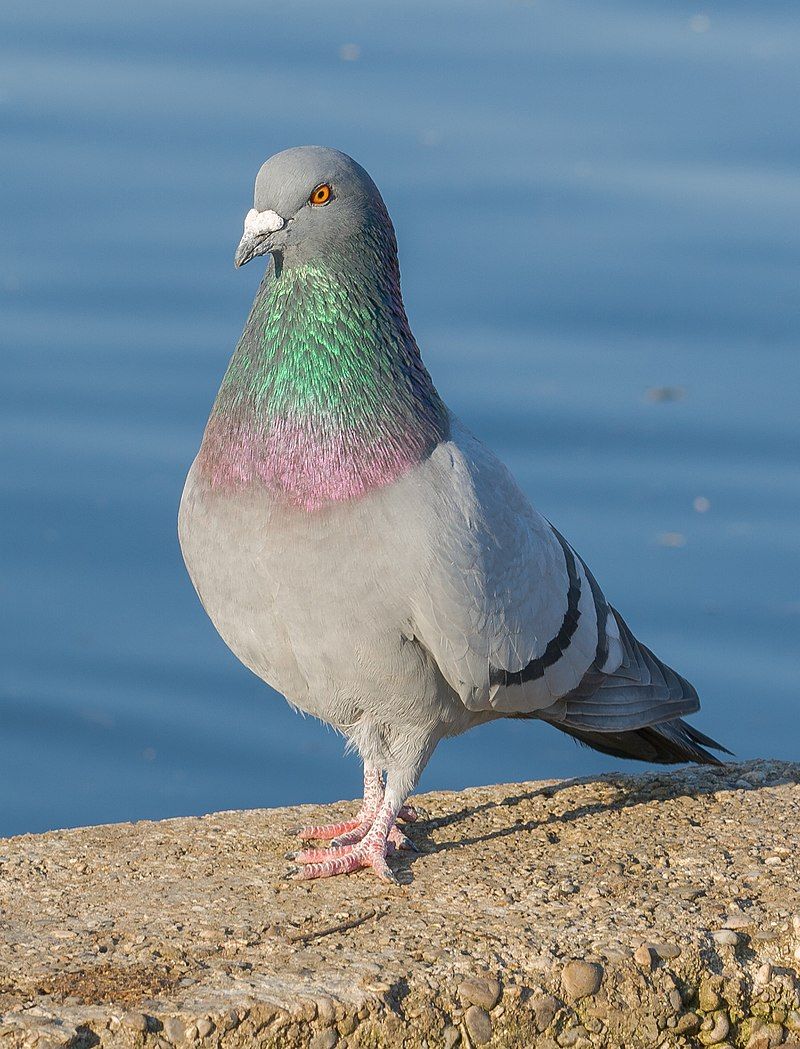
The rock dove, also known as the rock pigeon or common pigeon, is a species of bird that belongs to the family Columbidae. It is commonly referred to simply as the “pigeon”.
The domestic pigeon is a descendant of this species, and it has been widely domesticated across the world. Unfortunately, many domesticated pigeons have escaped and established feral populations in different parts of the world.
As a result, feral pigeon populations have increased significantly.
| Kingdom | Animalia |
| Phylum | Chordata |
| Class | Aves |
| Order | Columbiformes |
| Family | Columbidae |
| Genus | Columba |
| Species | C. livia |
17. Hooded Merganser
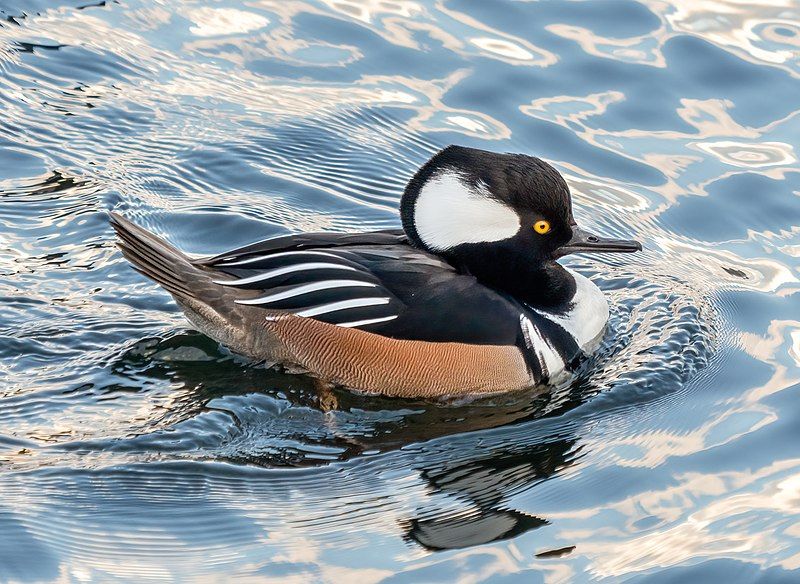
The hooded merganser is a type of duck that belongs to the subfamily Anatinae. It is the only surviving species that belongs to the genus Lophodytes. The genus name is derived from two Greek words, lophos, meaning crest, and dutes, meaning diver.
This name is fitting, as the hooded merganser has a distinctive crest on its head and is an excellent diver. It is a fish-eating duck, and its diet consists primarily of small fish and aquatic insects.
It uses its sharp eyesight to spot prey underwater and its long neck and webbed feet to dive and capture it. This species is found in freshwater lakes, marshes, and rivers in North America, Europe, and Asia.
The hooded merganser is a relatively small duck, with a body length of around 38 to 48 cm and a wingspan of around 55 to 63 cm. It has a black and white striped head, chestnut-brown body, and white wings. The distinctive crest of feathers on its head gives it its name.
The hooded merganser is a social species and is often found in large flocks. Its loud and distinctive call is used to communicate with other members of its flock.
| Kingdom | Animalia |
| Phylum | Chordata |
| Class | Aves |
| Order | Anseriformes |
| Family | Anatidae |
| Genus | Lophodytes |
| Species | L. cucullatus |
18. Red-breasted goose
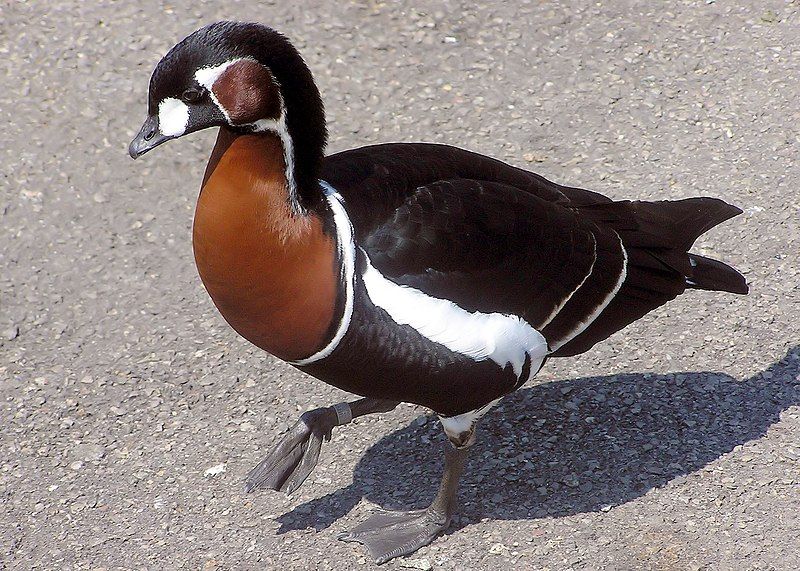
The red-breasted goose is a species of goose from the genus Branta that is native to Eurasia. It is easily recognizable due to its distinct bright markings.
Currently, the red-breasted goose is classified as vulnerable by the International Union for Conservation of Nature (IUCN).
This means that the species is at risk of becoming endangered or extinct due to human activities. The red-breasted goose is primarily threatened by loss and degradation of its habitat due to agricultural activities.
Other threats include hunting, pollution and disturbance from human activities. The species is also threatened by climate change and its effects on its food resources. In order to protect the red-breasted goose, conservation efforts are needed.
These include protecting its habitat, reducing disturbances, and regulating hunting. Furthermore, research into the effects of climate change on the species is needed in order to develop better conservation strategies.
| Kingdom | Animalia |
| Phylum | Chordata |
| Class | Aves |
| Order | Anseriformes |
| Family | Anatidae |
| Genus | Branta |
| Species | B. ruficollis |
19. Eurasian Black Grouse
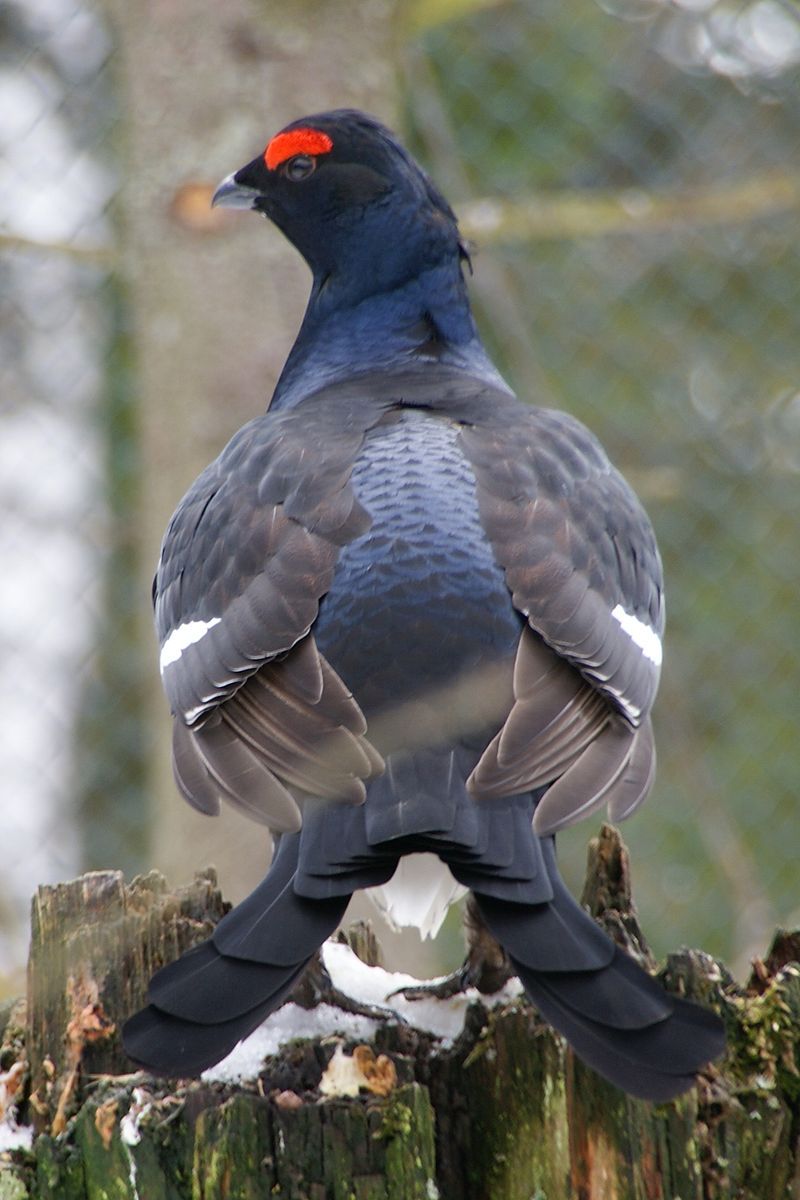
The black grouse is a species of large game bird that is found across the Palearctic. It is part of the grouse family and is also known by several other names including northern black grouse, Eurasian black grouse, blackgame and blackcock.
It is a sedentary species which means that it does not migrate, instead preferring to remain in a specific area all year round. The black grouse typically lives in moorland and steppe habitats when breeding, and often chooses to live near wooded areas.
This species has adapted to the cold temperatures of the Palearctic, allowing it to live in areas with cold winters and hot summers. Its diet consists mainly of plant material and invertebrates, and it is a popular game bird for hunters.
The black grouse is an important part of the ecosystem, as it helps to keep vegetation in check and provides an important food source for other animals.
| Kingdom | Animalia |
| Phylum | Chordata |
| Class | Aves |
| Order | Galliformes |
| Family | Phasianidae |
| Genus | Lyrurus |
| Species | L. tetrix |
Conclusion
The birds of Champagne-Ardenne are an important part of the region’s biodiversity and a source of pleasure for its inhabitants.
From the majestic White Stork to the colourful Kingfisher, the region is home to a variety of species that are essential to the health of its ecosystems.
With careful management and conservation, the birds of Champagne-Ardenne can continue to thrive and provide beauty and joy to the region for years to come.